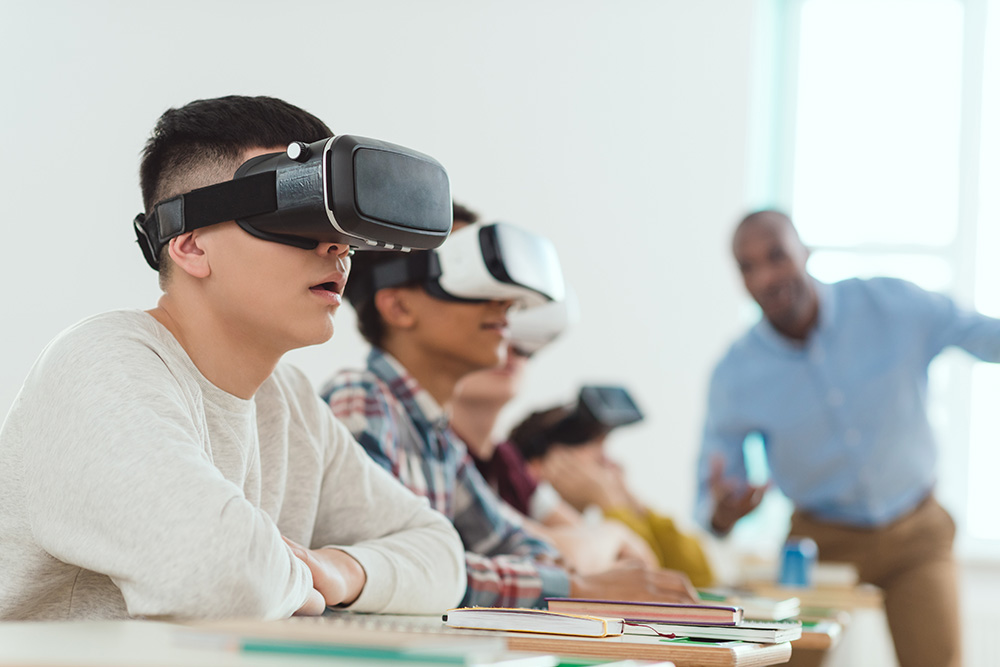Last month, America Succeeds released “The Case for Social-Emotional Learning” to share more about the promising potential of social-emotional learning for students and employers alike.
Why is social-emotional learning important to business?
Employers have identified talent shortages as a top risk for their organizations. The skilled labor gap increases year-over-year and the problem is becoming even more pronounced as we move further into the Age of Agility.
In the face of uncertainty and rapid change, there is an increasing value placed on soft skills like critical thinking, communication, collaboration, and creativity (also known as the 4Cs.) For many employers, technical expertise can be developed on the job, but these critical life skills are harder to develop through traditional training methods.
“To build the workforce of the future, we need to revolutionize how we learn” – and teach.
In this recent World Economic Forum article, So-Young Kang underscores the hard work and urgency of revolutionizing training methods across the existing workforce: “It’s no longer just about knowledge and access. Skills are the new currency. We can’t learn soft skills by merely watching videos and taking quizzes; instead, it’s time to move beyond those traditional approaches towards a new digital learning paradigm.”
The article proposes the need for change is being driven by four key trends: the rise of remote jobs, the proliferation of smartphones and resulting internet access, the increasing value of practical on-the-job experience over content knowledge, and the growing need to upskill or reskill the workforce as a result of automation.
What should businesses do in response? According to Kang, develop new Digital Learning 2.0 solutions that are mobile-first, participatory, personalized, and group-based. “Digital Learning 2.0 solutions will need to be designed to not just deliver content but to catalyze people to think critically and collaborate… This is a new and emerging space, so it’s time to redefine how we learn and reteach how we teach in order to embrace the participatory, mobile, micro-learning era that will enable us to reach billions as fast as we can.”
Innovation within education is already paving the way into the future.
The paradigm shift toward Digital Learning 2.0 has long been happening in education. There are bright spots of states and districts across the country that embrace social-emotional learning, innovative pedagogy, and technology solutions focused on mastery of the 4Cs and preparing students for the future of work. These education models and agile educators are not only responding to similar pressures for students but also are at the forefront of pushing a now decades-long call for modernizing the system to meet the needs of the 21st-century.
The unfortunate reality, however, is that not every student – and arguably only a minority of students – have access to these learning models. And, as the impact of technology and automation drive change at a faster and faster rate, the urgency for expanding access to Digital Learning 2.0-style learning becomes even harder to ignore.
To have a shot at successfully addressing this issue over the short- and long-term for both today’s students as well as working adults, there must be a collaboration between business and education. We should focus on building upon each other’s learnings, best practices, and innovation rather than working in separate but parallel “new and emerging” siloes. Now more than ever, it’s critical that we “redefine how we learn and reteach how we teach” for a full spectrum of lifelong learners trying to navigate our quickly modernizing world.




